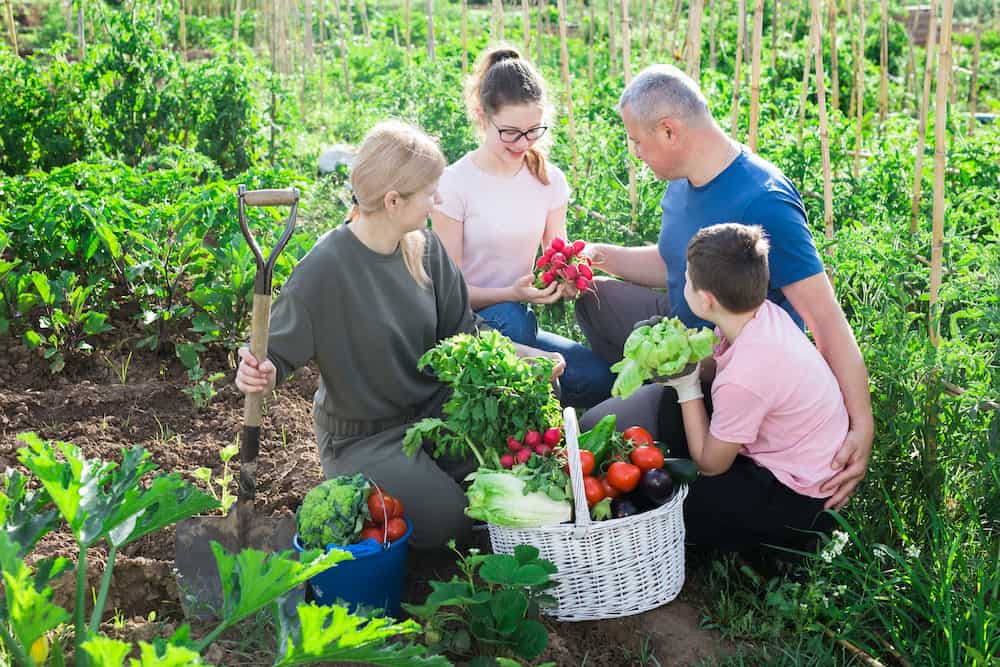Urban homesteading today is a new spin on an old idea. In 1862 President Abraham Lincoln signed into law the Homestead Act, which basically gave an opportunity to regular folks to stake out a claim on a piece of land, at least 160 acres. One of the criteria was that they were to improve the land, which would often mean building a home and working the land. The work done on the land typically gave the new land owner the ability to be self sufficient, in addition to providing products or services for market.
Over the course of 126 years, 1.6 million homesteads were granted. While urban homesteading today does not allow for the receipt of free land, it does follow the tenants of developing the land toward a less dependent life. There are still rural homesteaders that have the ability to develop, or already have developed a completely self sufficient lifestyle. They may or may not “live off the grid”, but would have the ability to do so should something cause them to need to, such as the power going out during a storm and remaining off for several days.
While the ability to be completely self sufficient still tends to elude the urban dweller, due to the general inability to provide for their own water and sewer, there are many things the urban and suburban population can do for themselves that will both reduce their dependence on others as well as impact the world around them. These are the things that will be the focus of this blog. Saving the environment, although reducing our impact on the world may be a side effect, is not the goal here. The goal is live a debt free life which is less dependent on others. To return to some things of a simpler time, but mix them with some things of today, in an effort to ultimately give us more freedom and a better life.
Urban homesteading today will take us into the permaculture garden. It’s about how to find a garden composter solution, how to grow fruit, how to grow vegetables, and how to grow herbs. What place keeping chickens has in a permaculture garden, what to do about rain water collection, and what long term food storage options, such as canning food, drying food, and freezing food, can be utilized once your raised vegetable garden is producing.
Urban homesteaders explore the use of solar power electricity and wind power electricity, what outdoor cooking equipment to use for different kinds of cooking, and what indoor cooking equipment can be used without electricity. The goal for the urban homesteader is to become as self sufficient as possible while still enjoying life in the city.
